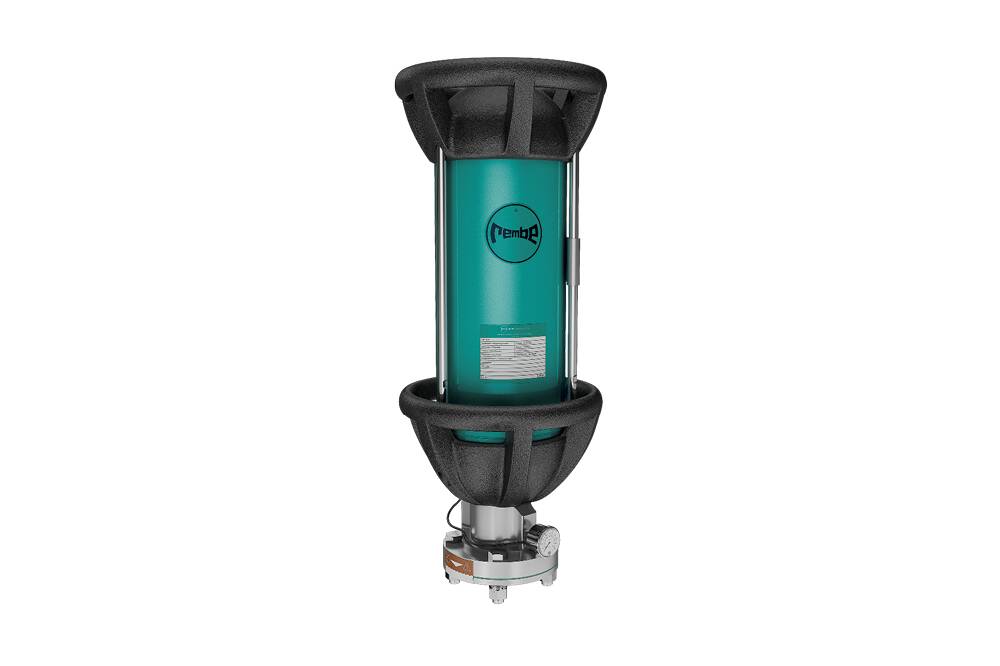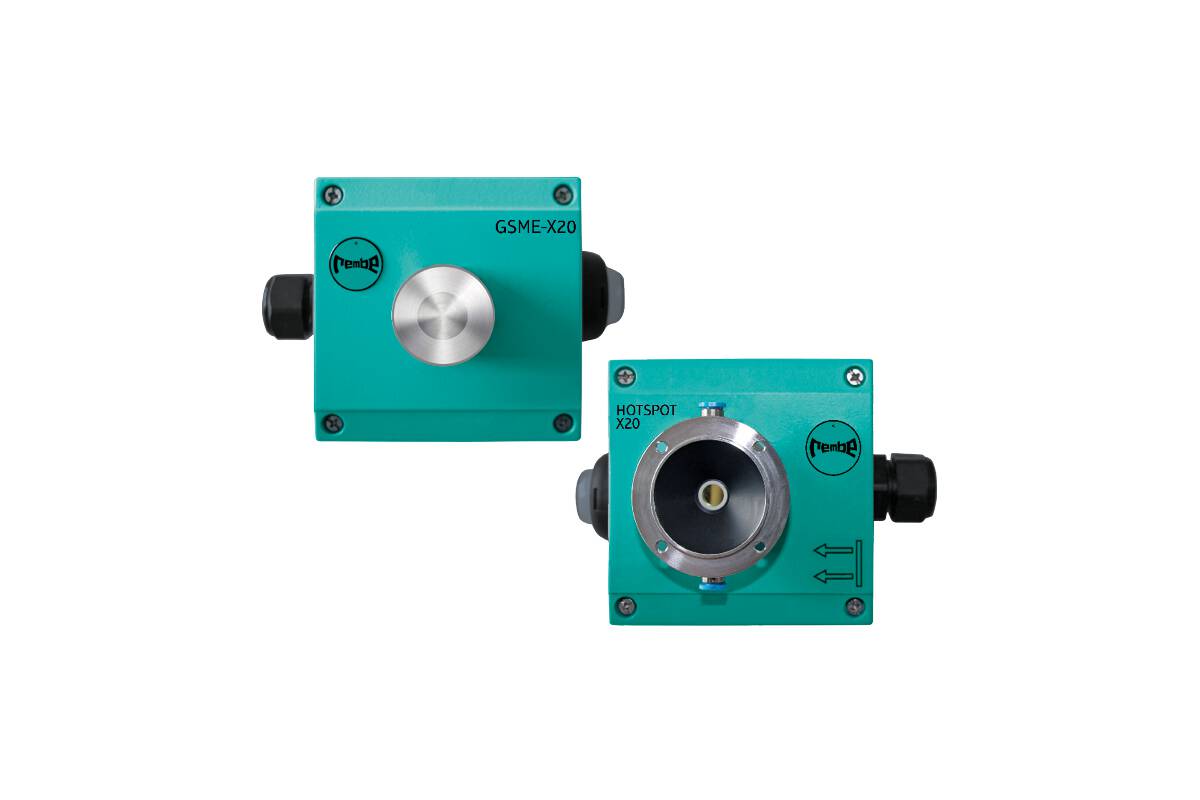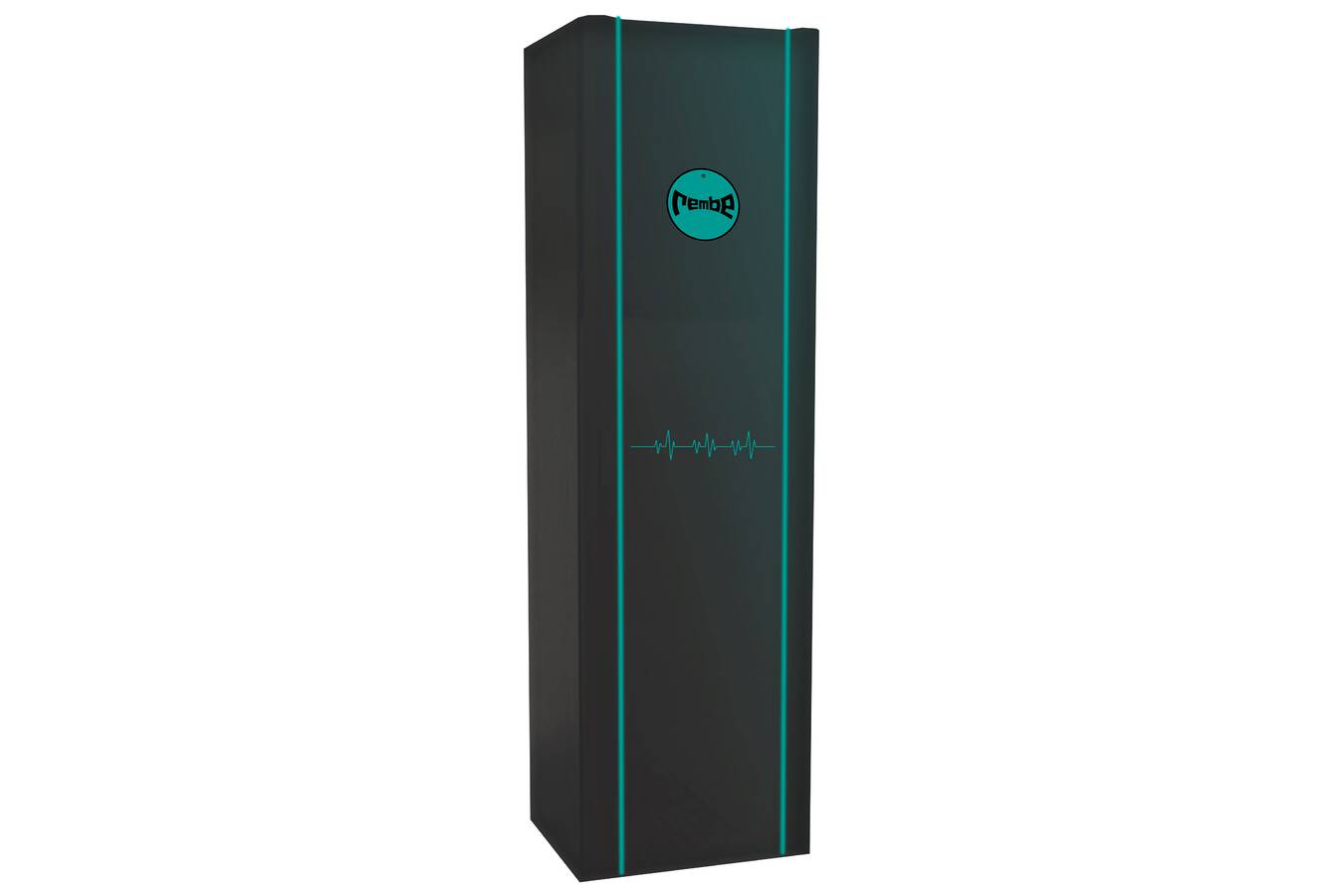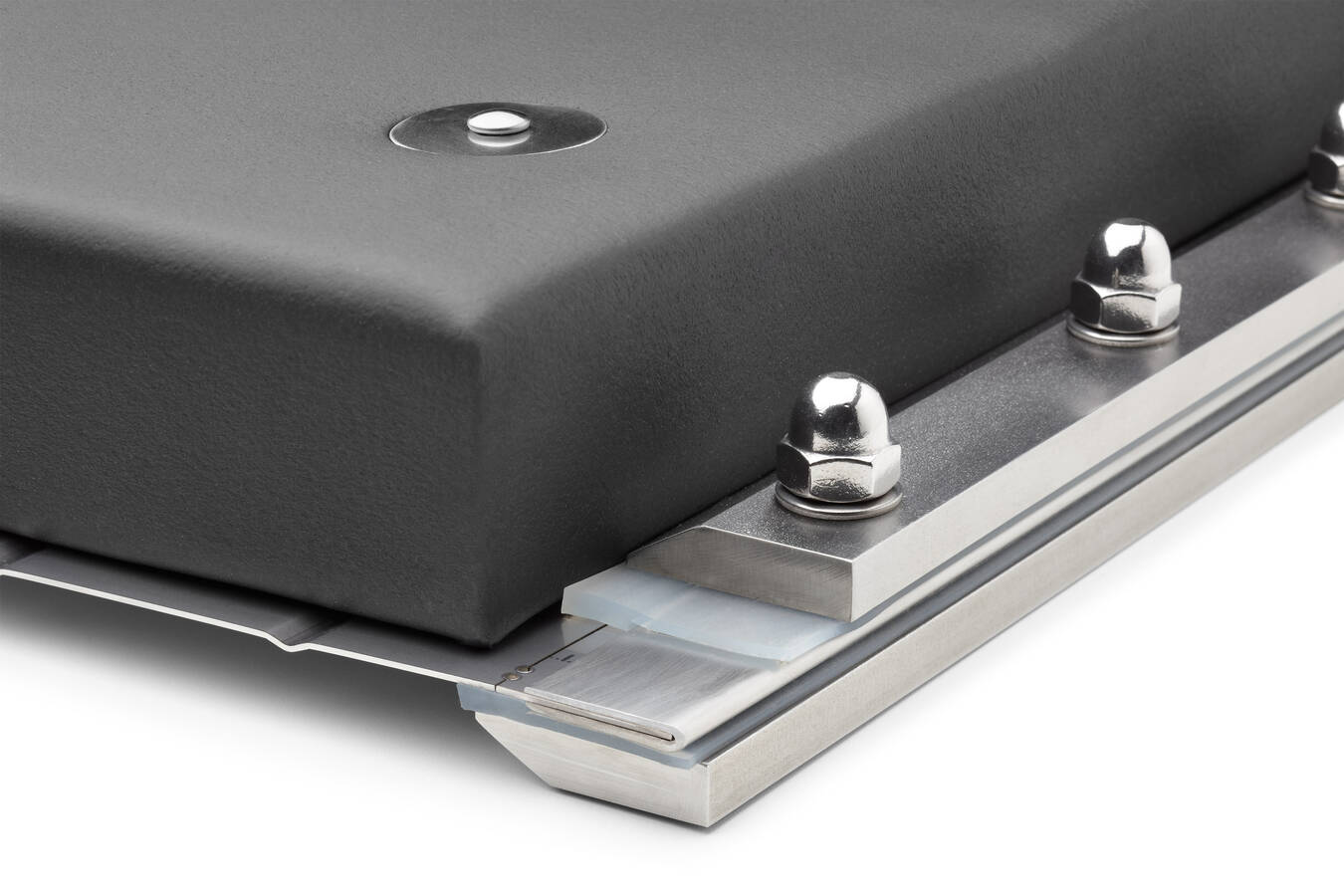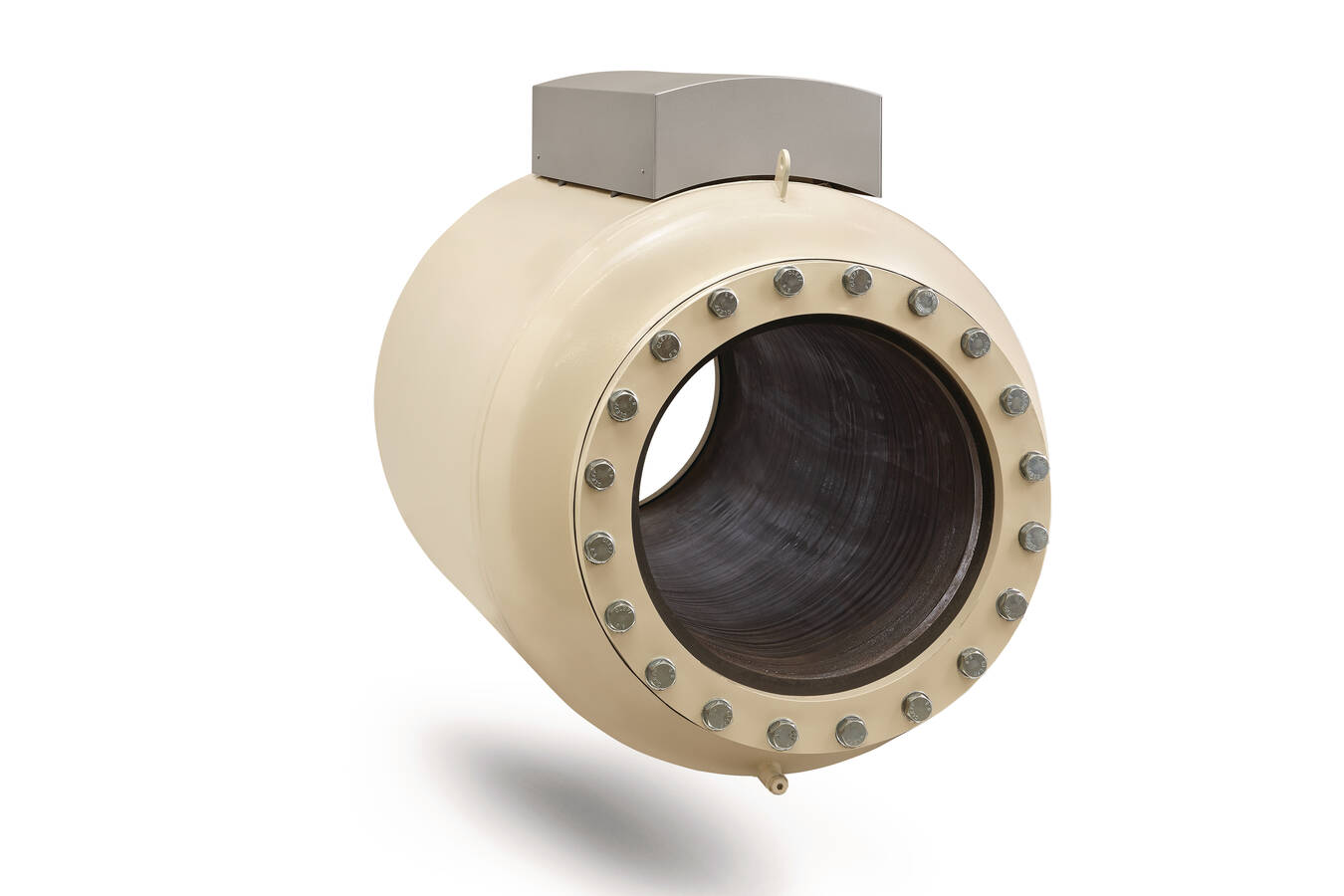Particularly in plants and processes with high demands on water and air tightness, explosion vents that are directly exposed to weather conditions due to their installation position often represent a potential point of entry and thus a hazard for the bulk materials themselves. REMBE therefore applies what is legally required for construction elements such as windows and doors to the various explosion vents in the explosion protection area. Within the framework of large-scale weather simulations, the REMBE explosion vent types ODV, EDP, EGV-HYP, as well as the new vent duct cover KAD-LIC have been tested for their properties of air permeability, watertightness and their resistance to wind load. BS EN 14351-1, the product standard for windows and doors, served as the basis and classification.
Impressive weather resistance
The results of the weathering test are extremely impressive. A comparison of the test results with real weather conditions shows that storms with wind forces of up to 14 on the so-called Beaufort scale (bft) - this corresponds to wind speeds of up to 166 km/h - have no influence on the protective effect of the explosion vents. Even in heavy rain in conjunction with wind speeds approaching 120 km/h, the explosion vents exhibit a high degree of tightness. A comparison with the windows used in the construction industry illustrates the high weather resistance: The REMBE explosion vents achieved the same and in some cases significantly better test results than the currently available windows for residential buildings.
What is the added value of weathering testing?
The REMBE explosion vents thus not only protect the plant in the event of an explosion through targeted explosion venting, but also ensure effective protection of the bulk materials themselves from external environmental influences during normal operation. The risk of contamination by water, dust and air as well as collateral damage due to swelling or excess weight is thus minimised.
Benefits
- Certified weather resistance
- Effective protection of the plant and its products from environmental influences
- Air leakage of < 0.75 m³/h m joint length
- Impervious to driving rain up to a wind force of 12 bft (120 km/h) and a precipitation rate of 440 mm/h
- Wind stability up to a wind force of 14 bft (166 km/h)
